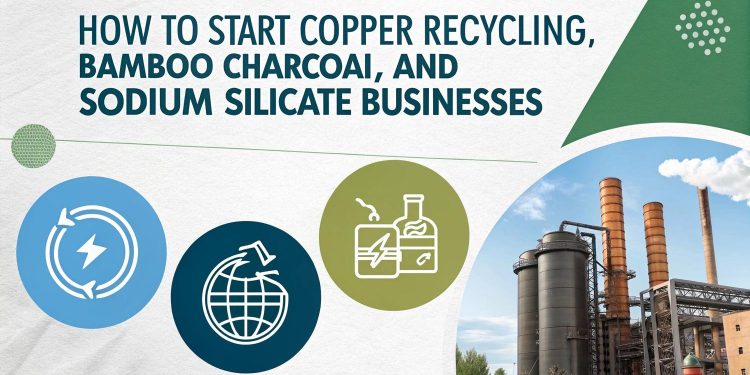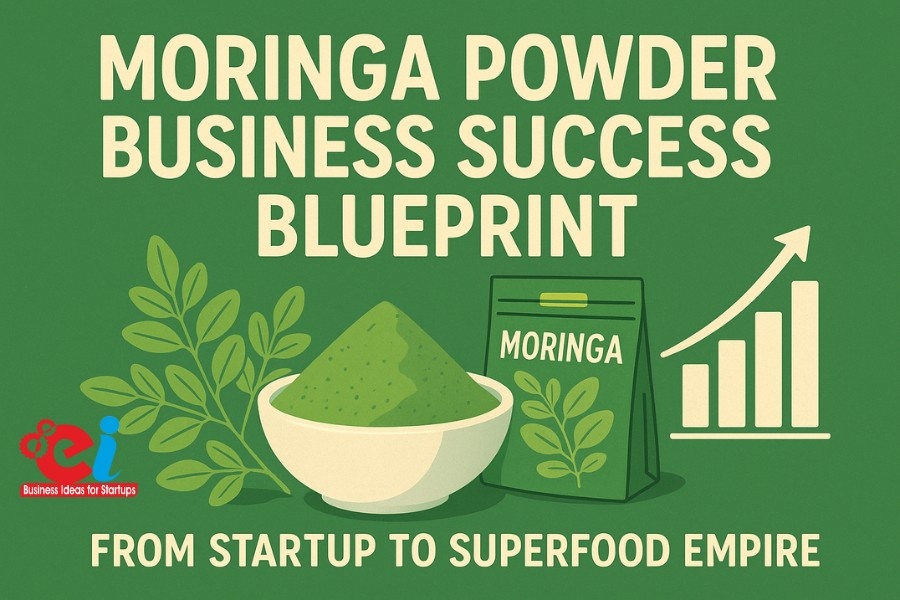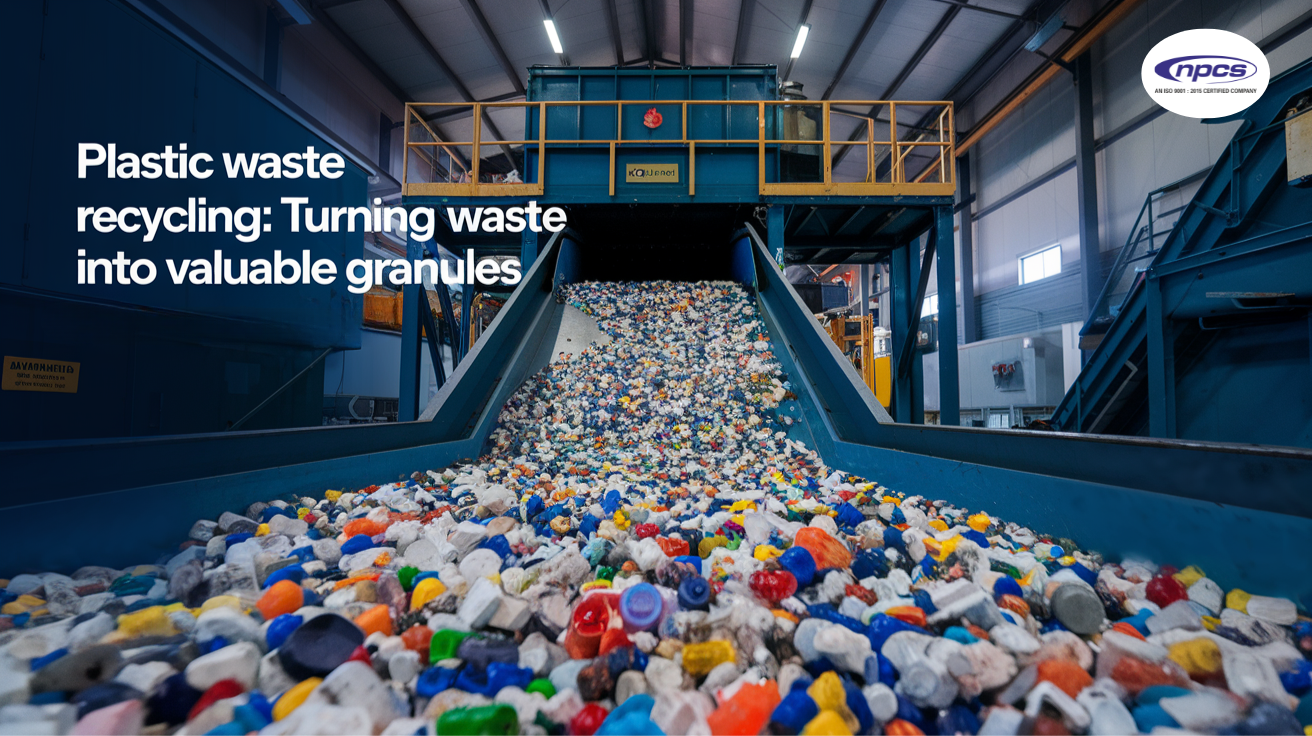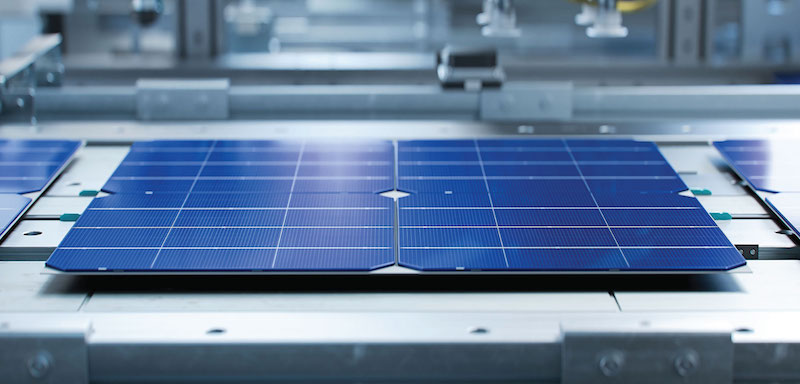High-Growth Industrial Ideas: Recently, business visionaries and new firms consider copper wire recycling, bamboo charcoal, and sodium silicate all to be potential top manufacturing candidates. These activities fit with other business activities such as recycling, using renewable resources, and modern industrial activities.
In addition, all these options have a profitability potential while promoting sustainable development. Thus, we present the demand in the market, the steps in production and tips for the first-time manager.
Easy Manufacturing Guide: Copper Wire Recycling-High-Growth Industrial Ideas
It is the recycling of copper wire that turns electronic waste and scrap cables into copper granules and other valuable products. You can start on a small scale and grow to melting and refining.
Process Flow
First, collect the scrap and sort it by type. Second, strip the wire and insulate it to separate one copper component from the other. Then, melt copper to a final product and refine it. Finally, test it for purity, package it, and sell the output to small manufacturing foundries, cable manufacturers and exporters.
Key Equipment-High-Growth Industrial Ideas
- Shear and shredder for large cables.
- Wire stripping machines.
- Granulators and hammer mills.
- Air classifiers or vibrating tables.
- Magnetic separators.
- Small induction furnace (50-200 kg).
- Molds, casting lines, ladles, cooling beds.
- Dust and fume extraction system.
- Conveyors, balers, forklifts, weighing scales.
Raw Material & logistics
You secure feedstock from scrap dealers, demolition contractors, recyclers, and collection centers. Additionally, you can offer buyback programs or mobile pickup to grow supply. You also store clean copper separately to maintain quality.
Read More: Top 25 Copper Business Ideas
Quality Control & Outputs
Cu% and impurity testing. Copper granules (>98%Cu), ingots (>99%Cu).
Proper plastic recycling or RDF use (with approvals).
Environmental, Health & Safety-High-Growth Industrial Ideas
You install fume extraction, avoid open burning, and handle plastic waste responsibly. Furthermore, you train workers in furnace safety and PPE use.
Estimated Costs & Scale-Up
Micro setup: $3k–15k
Small plant: $50k–200k
Medium plant: $200k–1M+
Main OPEX: Electricity, labor, logistics, permits
Market Tips-High-Growth Industrial Ideas
You sell mainly to nearby buyers to cut transport costs. Additionally, you stand out with reliable purity, traceability, and green branding. You can also approach telecoms, EV makers, and refurbishers who value recycled metal.
Bamboo Charcoal Production — A guide to Simple Manufacturing
Charcoal, briquettes, and activated carbon can all be produced from fast-growing bamboo, which undergoes pyrolysis. Local and small-scale operations and even bigger industrial plants can do this.
Production Steps
First, bamboo needs to dry until it retains less than 15\% moisture content. During the second step, carbonization takes place and it needs to be done in kilns or retorts and monitored at 600 to 900 °C.
If activated carbon is the end goal, then the third step of steaming or chemically activating needs to be done. At the end, it is necessary to grind, sieve, and within the requirements, pack and press.
Read More: Bamboo Charcoal for A Healthier Future
Key Equipment
- Bamboo needs to be chopped, and then split. Cutting needs to be done in a primary and secondary ways, respectively.
- Drying needs to be done in racks or it can be done using solar dryers.
- In kilns or retorts, carbonization can be done.
- For bamboo vinegar and bamboo tar, condensing is required.
- Pulverizers, sieves, and briquette presses can all be used at the same time.
- For gas to be reused, afterburners, gas condensers, and cyclones can be used.
Raw Material and Supply
Bamboo can be purchased from local farmers or you can grow it yourself. Harverting is primarily done in a sustainable manner, and training off cuts used are at a minimum.
Product Grades and Testing
- For fuel charcoal, testing can be done by looking at the calorific value and ash content.
- For briquettes, testing can be done by looking at density, hardness, and burn timing.
- Activated carbon testing can be done by looking at the surface area and measuring the iodine number.
For biochar, pH and carbon content are the most useful.
Environmental Controls and By-Products
Bamboo vinegar and tar can be beneficially used in other products. Afterburners can be used to decrease emissions and gas reused to heat the kiln.
Read Our Project Report: Click Here
Selling & Marketing
You sell charcoal and briquet to retailers, and Activated carbon to water treatment and cosmetic industries. You also market to Sustainability seekers as a value enhancing strategy.

Manufacturing Sodium Silicate: Easy Guide
Sodium silicate is used in several industries. You can go the furnace route or the hydrothermal route.
Read More: How to Start Manufacturing Business of Sodium Silicate
Process Alternatives-High-Growth Industrial Ideas
In the furnace route, you melt silica sand and soda ash at high temperatures (1100-1200 °C) to form glass and then cool and process. Alternatively, in the hydrothermal route, you solve silica in caustic under pressure to make liquid sodium silicate directly.
Key Equipment
- High temperature furnace or autoclave
- Feed hoppers and dosing systems
- Quench tanks \& granulators
- Storage tanks, pumps, filters
- Bag filters, ESPs, scrubbers
Laboratory for ratio and viscosity tests
Read Our Book: Click Here
Raw Materials and Site-High-Growth Industrial Ideas
You would put your plant next to a silica sand source or a big customer to reduce transport costs. In addition, you obtain soda ash or caustic supply, and reliable energy access-High-Growth Industrial Ideas.
Quality Control
- silica to na2o ratio [2:1; 3.3:1 ]
- solids content
- the viscosity of the solution as well as the alkalinity
- 3 levels of concentration: solid, concentrated, or dilute
Environmental & Safety-High-Growth Industrial Ideas
You install dust collectors, manage flue gases, and safely neutralize bittering agents. In addition to managing dust and neutralizing bittering agents, you have also obtained the required permits for the manufacture of chemicals.
Commercial Strategy
You provide services for the detergent, paper, and construction and allied industries, can also further enhance your offer by producing precipitated silica or gel silica. You also enter long-term contracts for revenue stabilization.
Find the Best Idea for Yourself With our Startup Selector Tool
How NPCS Helps You-High-Growth Industrial Ideas
NPCS has developed for you complete reports for the feasibility of the project within the scope of these industries. NPCS provides you with plant layouts, lists of machinery, plans for obtaining machinery, forecasts for the market, and financial calculations. You, therefore, eliminate mistakes and start your unit with confidence.
FAQS-High-Growth Industrial Ideas
Which idea needs the lowest investment?
Bamboo charcoal, as you can start with primitive kilns.
Which business gives the highest profit per kg?
copper recycling, due to the strength of copper prices.
Can I start sodium silicate on a small scale?
Yes, you just need a furnace or a pressure reactor.
Is bamboo charcoal eco-friendly?
Yes, the reason is that bamboo is a rapidly growing plant and has a natural mechanism for regeneration-High-Growth Industrial Ideas.
How can I increase profits?
Add value; copper as ingots; activated carbon; or silicate in custom forms.

























